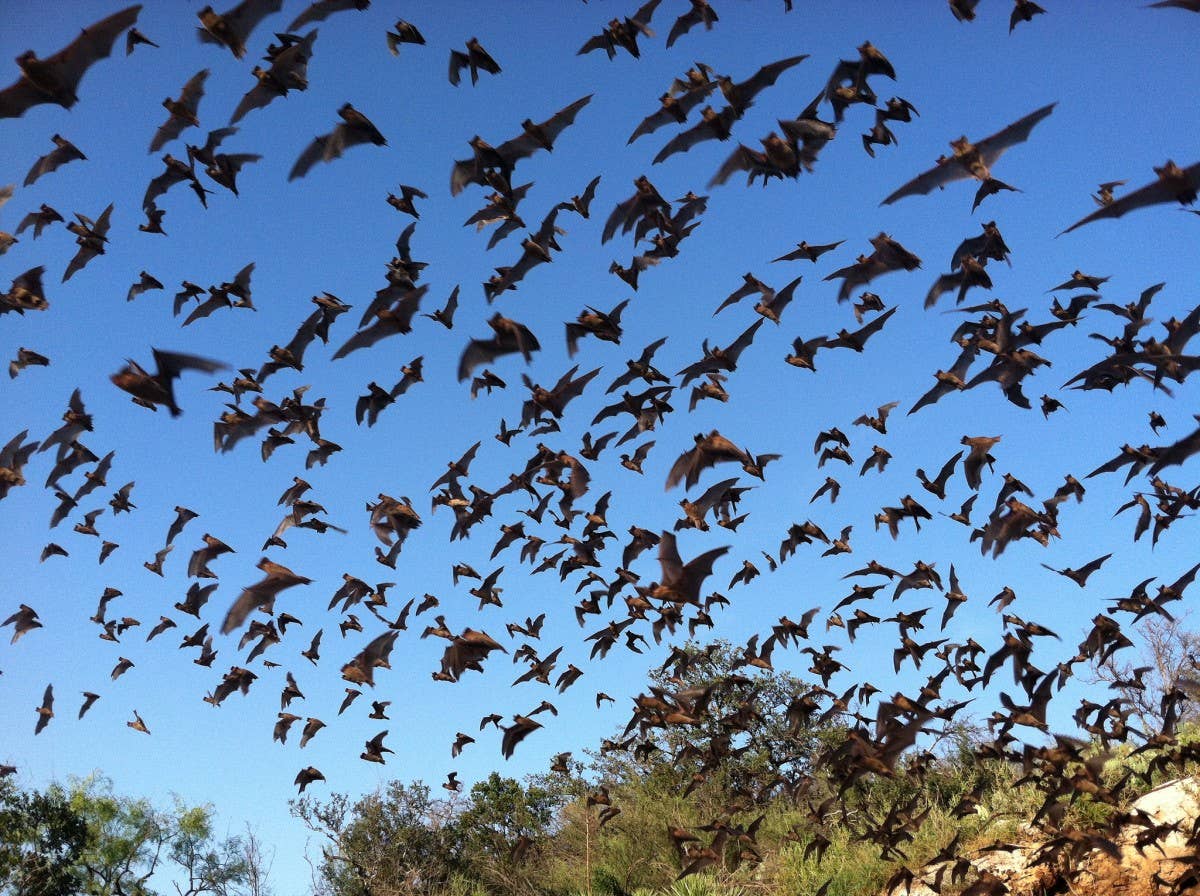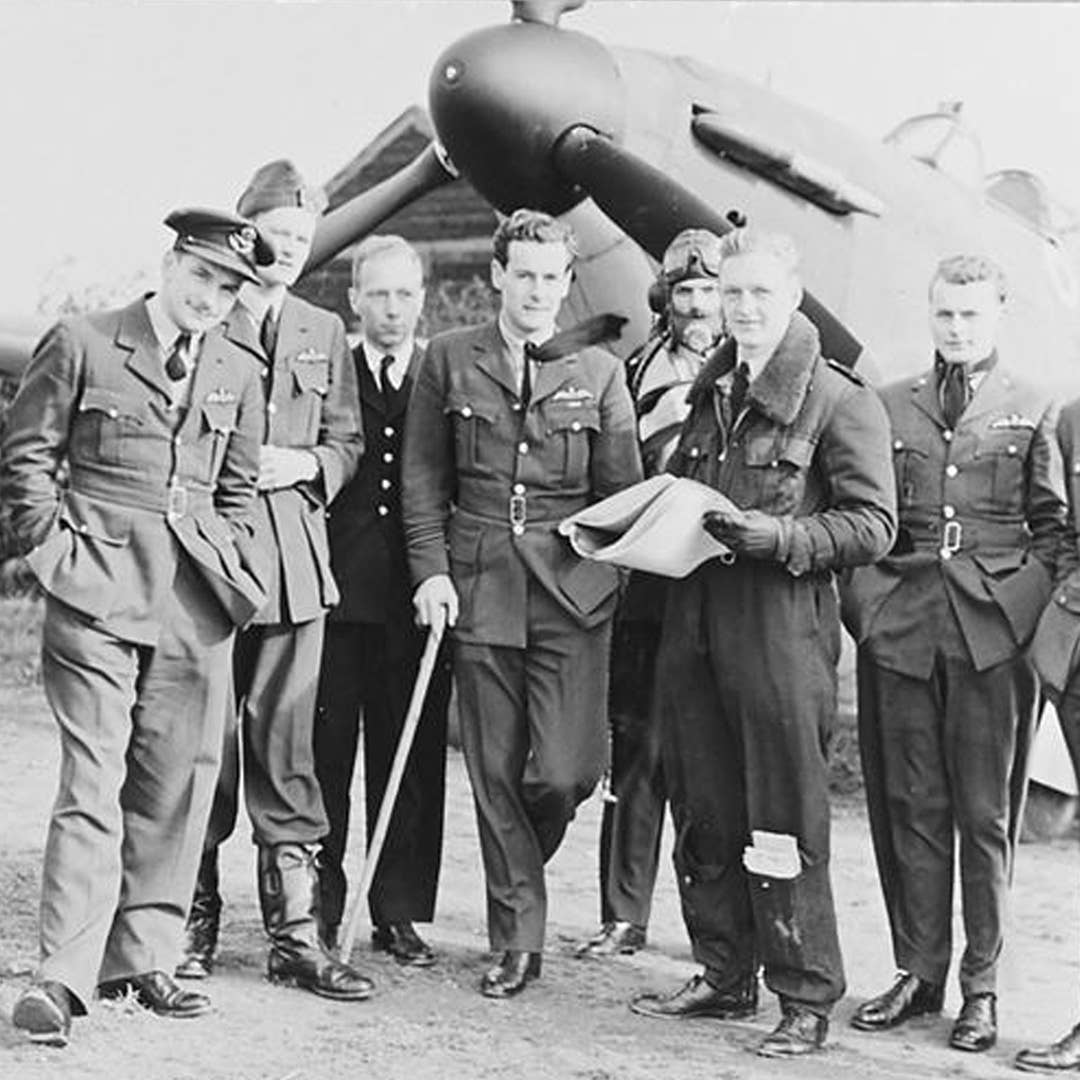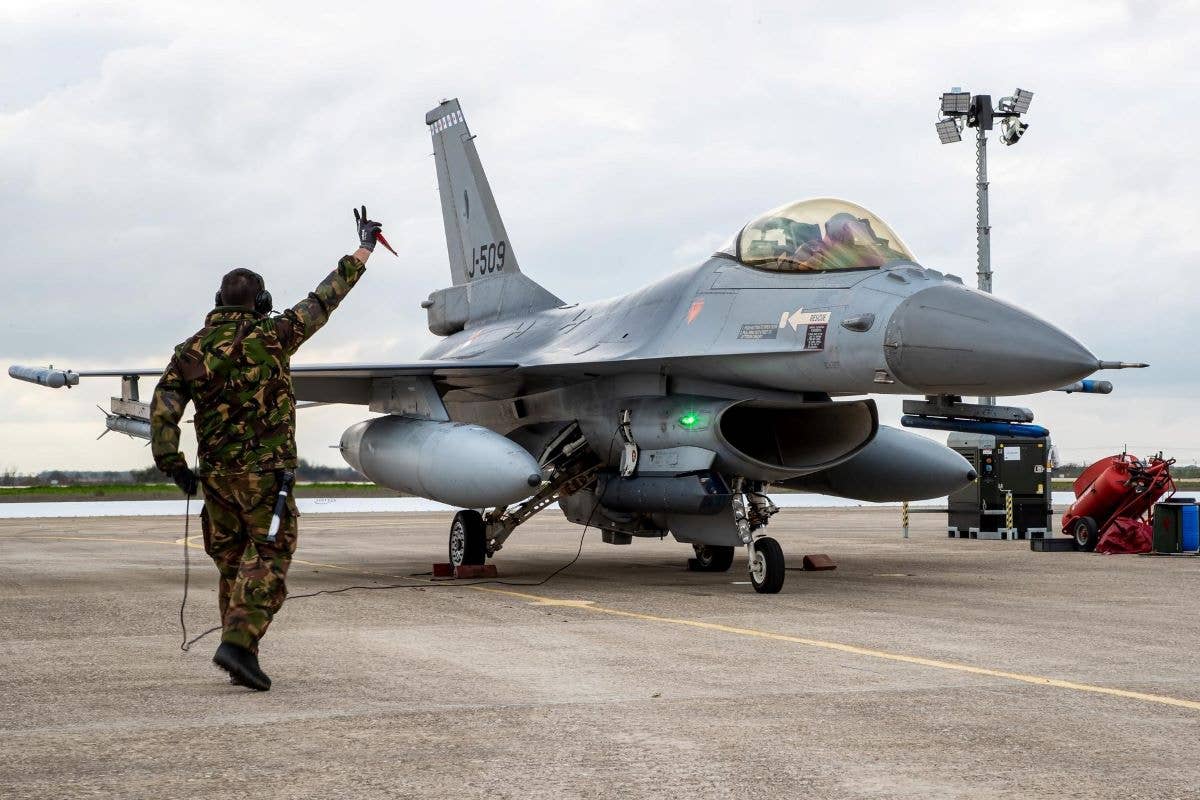
The Mexican free-tailed bat was chosen because of its sheer abundance. [Courtesy: U.S. Department of the Interior]
During wartime, there is no shortage of experimental airborne weapons. Some, like the so-called dam-busting bomb, are successful. Others, like the one that attempted to turn Mexican free-tail bats into weapons of war, not so much.
How it Happened
In January of 1942, America was reeling from the attack on Pearl Harbor a month earlier, and the military was scrambling for ways to defend the United States.
Dr. Lytle S. Adams, a dentist from Pennsylvania, came up with the idea of turning bats into an attack force. Adams had just returned from a vacation in Carlsbad Caverns and was impressed by the number of bats he saw there.
At the time, most homes in Japan were constructed of wood and paper, and Adams theorized that the bats could be outfitted with incendiary devices and then dropped over Japanese cities. Under his plan, the bats would roost in the homes and the incendiary devices would activate, resulting in massive fires that would disrupt the Japanese war effort and destroy morale.
By modern warfare standards, it sounds a little…batty…but at the time, America was scrambling for an edge against the Japanese. President Franklin Delano Roosevelt was said to be impressed with the concept and Project X-Ray was born.
Finding the Right Bat
The Mexican free-tailed bat (Tadarida brasiliensis) was chosen to be the bearer of the bombs. The species was selected in part because of the animals’ sheer abundance. The bats live in large colonies, often numbering in the hundreds of thousands. Considered a medium-sized bat, the Mexican free-tail measures 1.6 inches in length and weighs 0.44 ounces. According to Batcon.org, the Mexican free-tail bat can fly as fast as 99 mph in level flight and as high as 10,000 feet.
According to Army history, the Chemical Warfare Service and National Defense Research Committee developed two bombs small enough to be attached to bats. The bombs were about half as large as a matchbook and designed with fuses. One had a 10-inch flame that burned for four minutes, the other had a 12-inch flame that burned for six minutes.
Ice Cube Trays and Surgical Clips
Project X-Ray was based in the Southwestern United States near the caves where the bats lived. The animals were captured by the thousands and brought back to military installations to be outfitted with the bombs.
Arming a bat could only be done when the bat was unconscious. The captured bats were loaded into ice cube trays and put in refrigeration. When the temperature cooled to about 40 degrees, the bats went to sleep. While the bats were unconscious, the bombs were attached to their chests using a surgical clip and string.
Kept in the artificial hibernation mode by the cold, the bats did not put up a fight as they were loaded by the thousands into specialized containers that looked like metal milk canisters with air holes punched in them.
Deployment of the Bat Bombs
Normal bat behavior called for the bats to leave their roosts at dusk presumably to hunt and to return at dawn. For this reason, the bat bomb practice drops were done at dusk. The canisters would be dropped by parachute over the target. When the canister was about 1,000 feet above the ground, it was supposed to open, deploying the bats. The bats were supposed to fly away, looking for a place to roost. Once inside an enemy building, it was thought the bats would gnaw through the string activating the fuse, thus starting a fire.
That was the plan. The reality was much different.
At the time of Project X-Ray, not much was known about bat behavior or biology. This resulted in some challenges. For starters, early in the program, researchers miscalculated the application of the temperature reduction to put the bats into hibernation mode. As a result, some of the bats did not wake up from the cold-induced sleep, making them the first bats to die in service to their country.
There was also a learning curve on how quickly the bats recovered from the cold sleep. During a photography shoot outdoors to document the research, a few bats woke up unexpectedly and flew away, making them the first bats to be AWOL, or absent without leave.
Premature deployment during test drops resulted in disasters. Some of the bats apparently didn't wake up when the canister opened and they plummeted to the ground, bombs and all. Others became confused during the parachute drop, resulting in midair collisions with other bats. The bats that did make it to the ground could not tell the difference between a mock-up building set up for the test and the non-participatory structures on the base. There are reports of at least one hangar being set on fire and the destruction of some storage buildings and a general's vehicle during a test drop.
Project X-Ray was also hampered by the bat's breeding cycles. The Mexican free-tail bat mates once a year in the spring. During that time, the females gather in maternity roosts for 11 to 12 weeks awaiting the birth of their pups. In the meantime, the male bats, doing the bat version of pacing outside the delivery room and chain-smoking cigarettes, are often reluctant to eat. This resulted in both genders being difficult to work with for several weeks out of the year, and the development of the bat bombs slowed to a crawl.
No bat was ever deployed, as Project X-Ray was canceled in 1944. It wasn’t because animal rights organizations had an issue with the plan to weaponize bats. In fact, the military had shifted focus on to the development of the atomic bomb.

Sign-up for newsletters & special offers!
Get the latest FLYING stories & special offers delivered directly to your inbox






